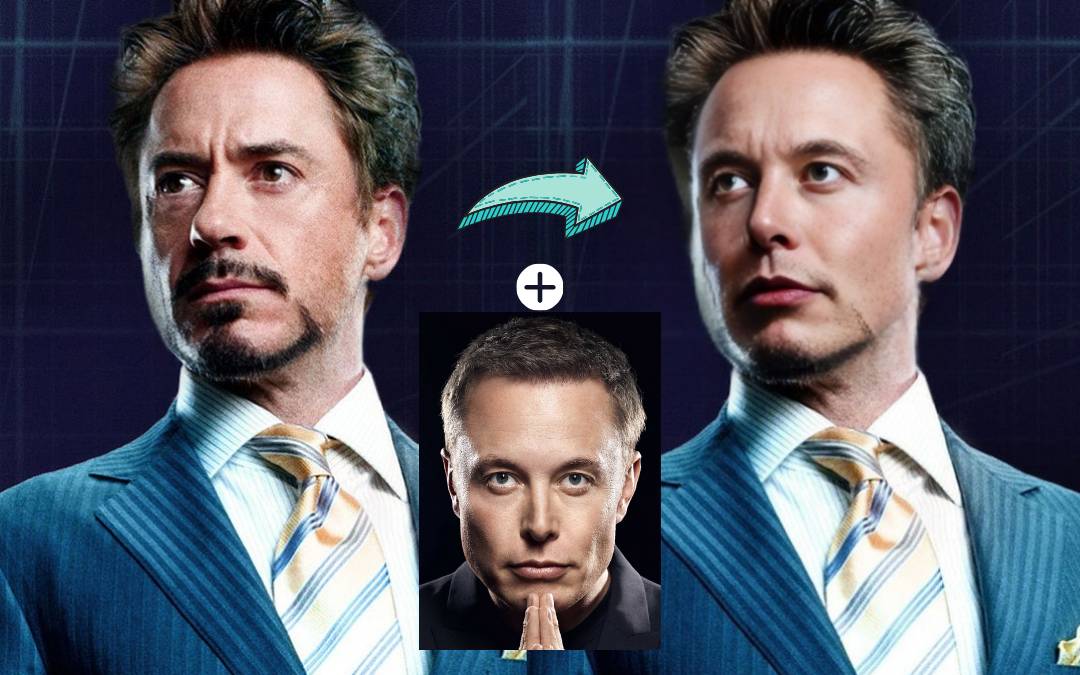AI face exchange technology has emerged as a revolutionary software in the activity market and beyond, revolutionizing how we produce and eat up visual content. Driven by strong learning methods, this engineering may easily change one experience with yet another in videos and photos, paving just how for innovative possibilities, ethical discussions, and modern applications. In this area, we will delve in to the various aspects of deepfake (딥페이크) engineering and discover their affect society.

Affect activity market
AI face swap engineering has disrupted the original methods of visual effects in the activity industry. With the capacity to change an actor's face with still another easily, filmmakers can now develop complicated scenes and never having to spend hours on boring make-up or selecting expensive human anatomy doubles. This has opened a world of innovative possibilities and has helped provide heroes to life like never before. From digitally de-aging personalities to making entirely new heroes, AI experience change technology has smooth just how for amazing storytelling.
A World wide Trend in Amusement
Within leisure, AI face swap technology has changed into a key driver of creative storytelling and market engagement. Filmmakers use it to digitally recreate stars in de-aged, old, or entirely new avatars. A distinctive example may be the de-aging of Robert P Niro in The Irishman or getting dead actors straight back on screen, such as for example Carrie Fisher in Rogue One. AI face trading preserves time and somewhat reduces creation expenses in comparison to standard CGI methods, making it a go-to option for high-budget and separate makers alike.
Also, programs like TikTok and Instagram have increased the technology's accessibility. Tens of thousands of makers use apps like Reface or DeepFaceLab to superimpose looks, imitate a-listers, or build very relatable comedic skits. This broader supply has permitted thousands of individuals to try out AI-generated content, making face-swapping a cultural trend.
Major Applications Beyond Amusement
While entertainment has been probably the most obvious beneficiary of AI face swapping, their potential stretches into other industries, including advertising, training, and healthcare.
• Marketing
Manufacturers are employing AI experience trade technology to customize commercials on an entire new level. Customers can see their particular encounters on a style wearing a certain clothing, producing a very customized looking experience. That creates deeper mental contacts and increases transformation rates.
• Education and Education
AI experience changing enables practical simulations for teaching purposes. Like, medical professionals may examine patient instances applying electronic looks tailored for diverse circumstances, increasing real-world readiness. Similarly, in language learning, pupils can immerse themselves by electronically changing people in cultural movies or skits.
• Healthcare Inventions
AI is found in reconstructive operations wherever face mapping aids in preparing procedures. Additionally it may help therapy in helping persons overcome face scarring or trauma by visualizing possible improvements.

Honest Issues and the Route Forward
Despite its benefits, AI experience exchange has started ethical considerations, especially about misuse in producing non-consensual deepfake videos. The spread of misinformation and solitude violations underscore the requirement for stringent rules and responsible usage. Stakeholders are positively creating instruments to recognize deepfakes, ensuring AI's advantages outweigh their risks.
AI face trade engineering continues to evolve, carving its place in industries well beyond entertainment. While the options are interesting, its moral implications demand collective accountability to increase its potential without creating harm.
